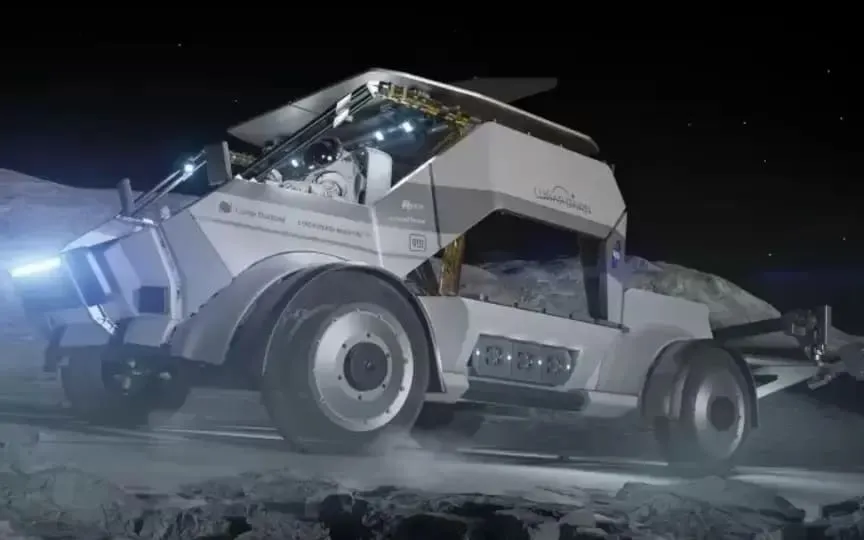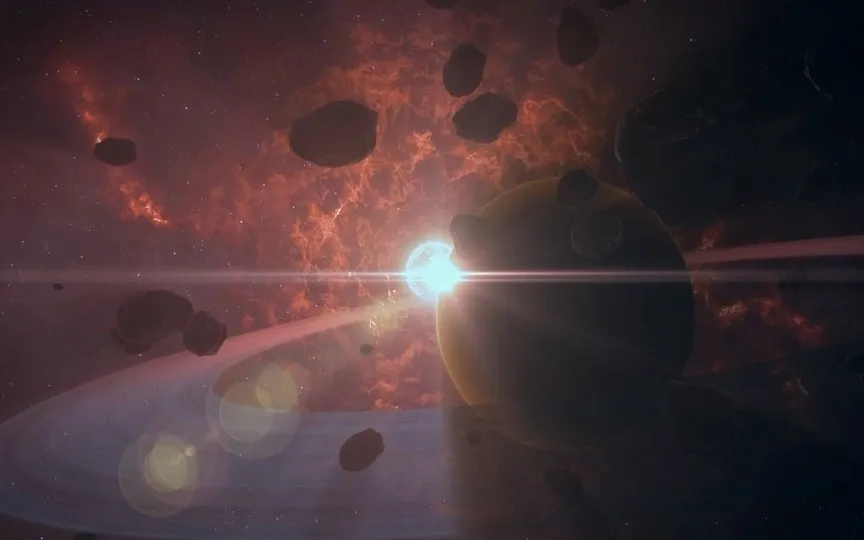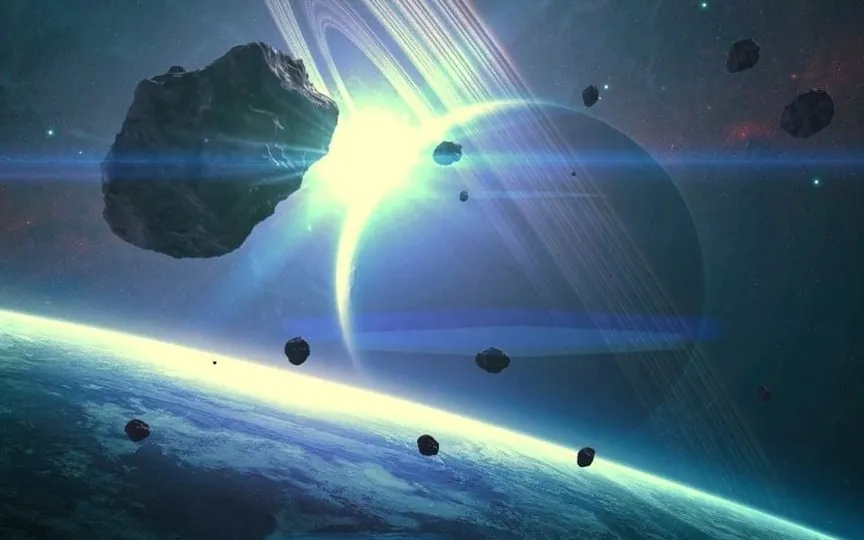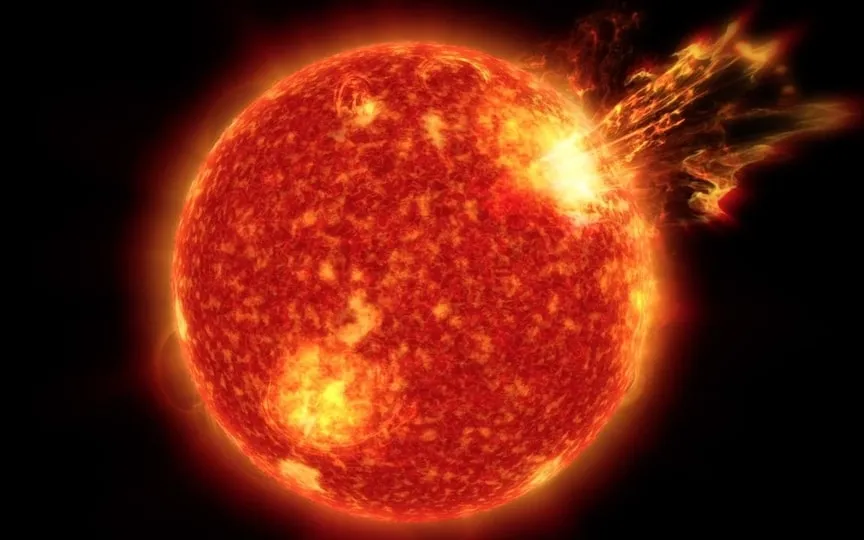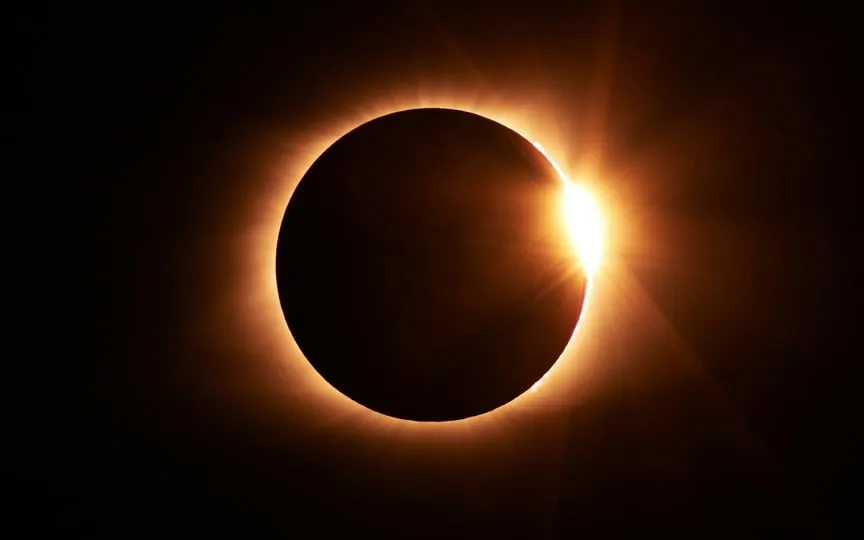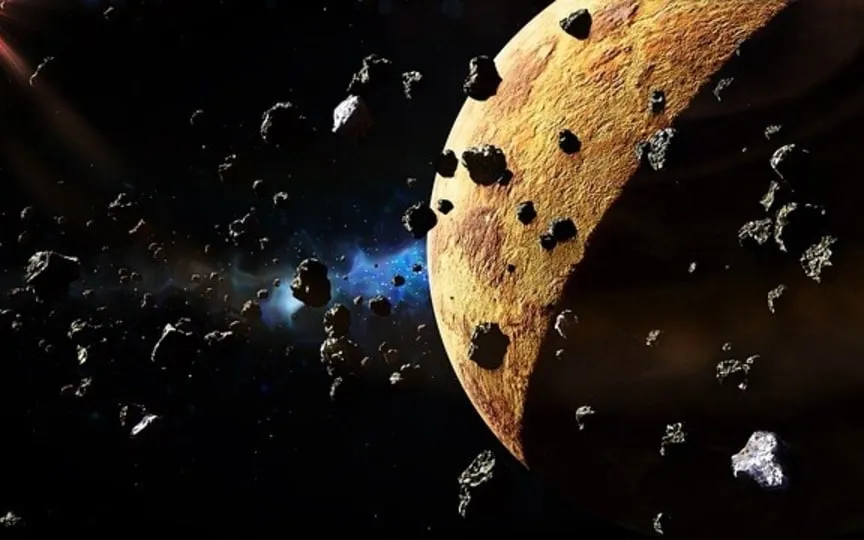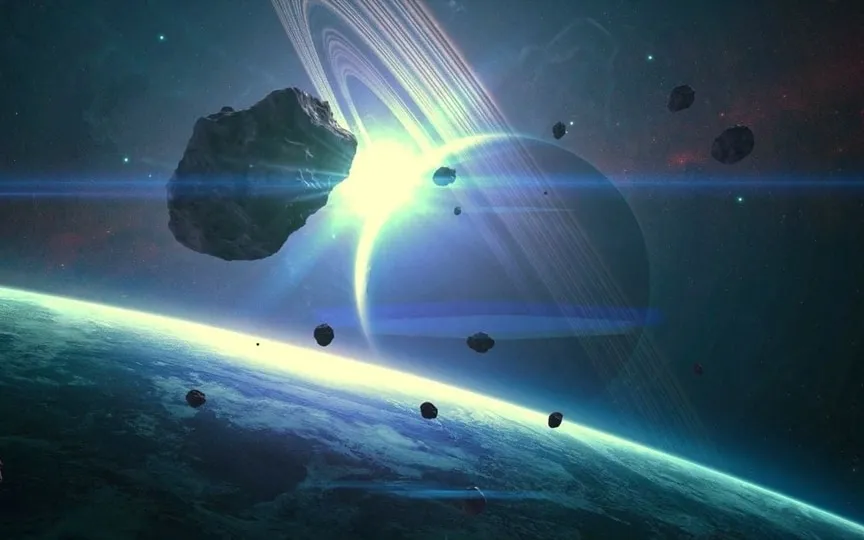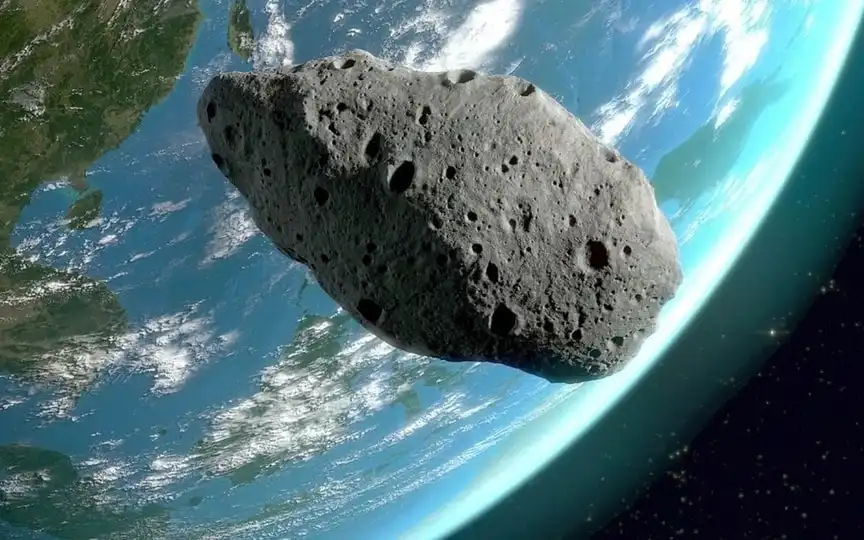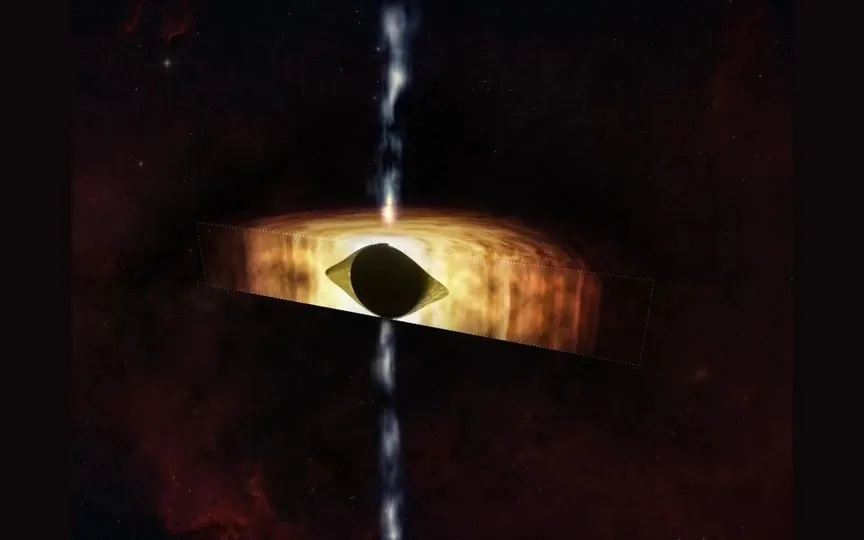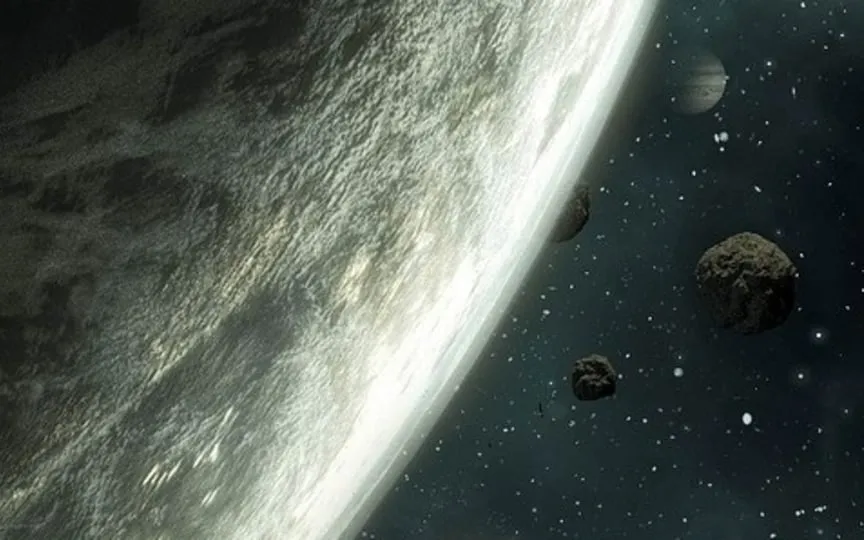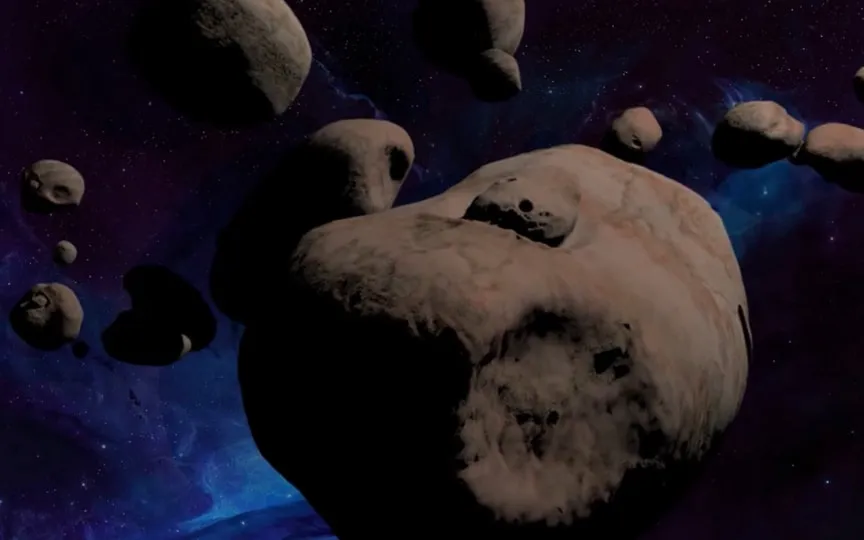Prepare for the first Supermoon of 2024: Skywatchers to witness stunning lunar event on August 19th
The upcoming supermoon on August 19 at 2:26 PM ET will be the first of the year, when the Moon appears larger and brighter due to its close proximity to Earth during its orbit known as perigee. In India, the supermoon will be visible at 11:56 PM IST. There will be Supermoons in 2024 Fred Espanak, a former NASA astrophysicist and eclipse expert, has identified four supermoons that are scheduled to occur in 2024. These supermoons will appear in August, September, October, and November. Espanak defines a supermoon as a…
Read More






